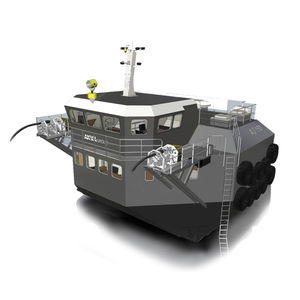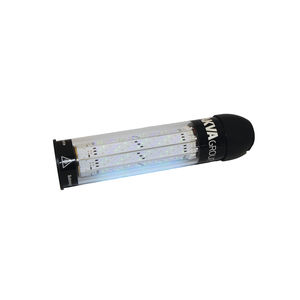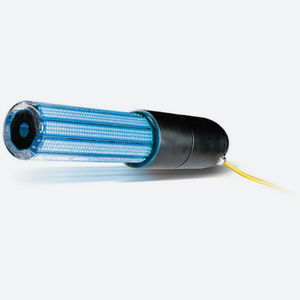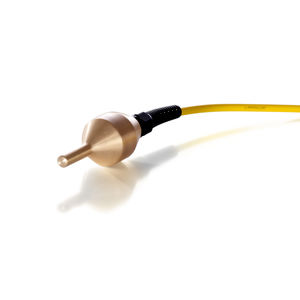
- Products
- Aquaculture feeding system
- AKVA Group ASA
Aquaculture feeding system WATERBORNE

Add to favorites
Compare this product
Characteristics
- Breeding type
- for aquaculture
Description
Up to triple the feeding capacity and gain huge savings in energy costs with Waterborne Feeding.
Waterborne Feeding is considerably gentler on both the pellets and the feeding pipe, and noise and micro-plastic discharge are reduced to an absolute minimum. You will also experience a significant drop in energy consumption by replacing air with water, and with pellet density no longer being an issue the capacity is more than doubled.
GREEN & PROFITABLE
Waterborne feeding will not only save you money, but significantly reduce the environmental impact of the farm!
Approx. 70% reduced energy consumption represents a significant drop in CO2 emissions. With water being a much more gentle feed carrier, there will hardly be any wear of the pipes - meaning close to zero noise and micro-plastic discharge, and significantly prolonged lifetime for your feeding pipes. Water transportation does not impose the same requirements for antistatic feeding pipes, allowing you to switch to more affordable standard 90mm pipes. It is also possible to submerge the feeding pipes.
ADVANTAGES
A cost- and energy-effective solution
• Major savings in energy costs
• Up to 300 % improved feeding capacity
• Hardly any wear of feeding pipes means prolonged lifetime and close to zero microplastic discharge
• Feed at desired depth and avoid the impact of wind and surface currents
• Offered as stand-alone system or combined with our Flexible Feeding concept, which allows you to distribute feed from any silo to any pen
VIDEO
Catalogs
No catalogs are available for this product.
See all of AKVA Group ASA‘s catalogs*Prices are pre-tax. They exclude delivery charges and customs duties and do not include additional charges for installation or activation options. Prices are indicative only and may vary by country, with changes to the cost of raw materials and exchange rates.




























